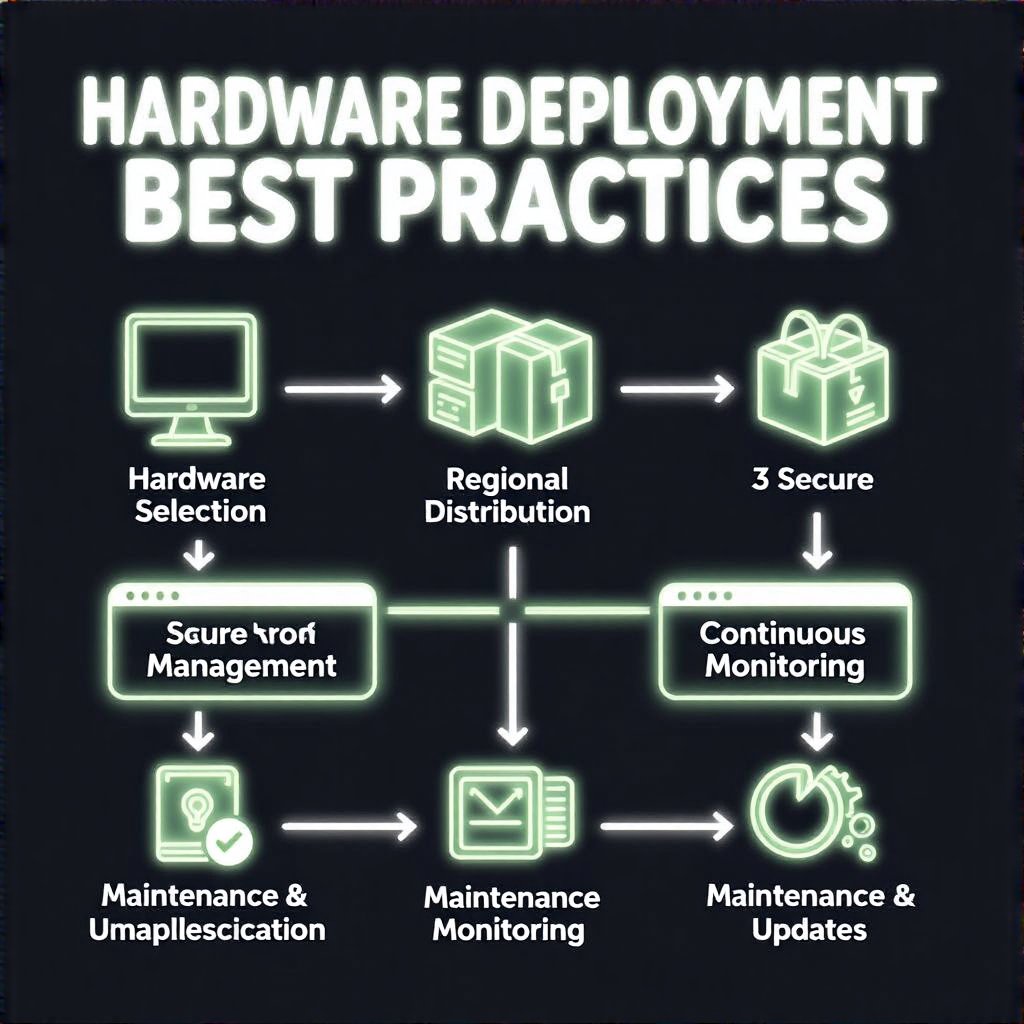Physical Nodes: The Backbone of Blockchain Decentralization

In real-world networks, physical nodes anchor decentralization by distributing hardware across geographies and operators, hardening resilience against outages and attacks. This article expands on why pNodes matter, how they differ from virtual nodes, and how to deploy them effectively in modern networks.
- What Are Physical Nodes?
- Why Hardware Matters
- Security and Resilience
- Virtual vs Physical Nodes
- Future Trends
- Best Practices
- FAQ
What Are Physical Nodes?
Physical nodes, or pNodes, refer to servers running on dedicated hardware located in real data centers or controlled premises. They aren’t merely virtual instances; their existence relies on tangible infrastructure to maintain consensus, propagate data, and sustain network health. This tangible presence helps prevent concentrated control in a single cloud environment, a core pillar of robust decentralization.
When implemented properly, pNodes create a mesh of independent operators that collectively raise the bar for attackers and outages. This is the kind of architecture that makes a network harder to topple from a handful of centralized providers, aligning with the broader goal of verifiable trust in distributed systems.

Why Hardware Matters
Hardware distribution is the anchor of genuine decentralization. When nodes span multiple regions and operators, the attack surface grows more complex and costly for adversaries. To understand how audits influence deployment trust, consider the deep-dive in Cyberscope security audits. For a broader perspective on decentralization, see decentralization overview. Pragmatically, teams weighing physical deployments also study real-world deployment models like Solana use cases to gauge scalability across hardware profiles.
As you map the cost and practicality of pNodes, explore how governance and risk considerations play into the deployment plan. For a broader treatment, see Solana use cases, which illustrate how hardware choices enable scalable architectures in practice. For a deeper risk perspective, consider risks of anonymous teams as part of due-diligence checks.

Enhancing Network Security and Resilience
Distributed hardware reduces reliance on a single cloud provider, lowering single-point failures and easing outage response. Physical diversity—across locations, power feeds, and network providers—adds layers of protection that speculative attacks struggle to bypass. Studies and industry guidance consistently highlight that real-world dispersion improves tamper-resistance and continuity of service. For a broader authority on decentralization, see decentralization overview.
Virtual vs Physical Nodes
Virtual nodes deliver scalability and rapid deployment but rely on cloud ecosystems that can concentrate risk. Physical nodes trade some agility for lasting trust and local control through tangible hardware and distributed operators. When planning a deployment, balancing these forces is crucial; readers can glean deployment trade-offs in our broader coverage of networks such as Solana use cases to see how hardware profiles shape capabilities. For governance and risk context, the discussion on synthetic assets in DeFi offers additional perspectives on asset-backed trust models.

Future Trends
Looking ahead, the industry explores more resilient, edge-based hardware, automated remote management, and distributed maintenance ecosystems. Projects that embrace robust, censorship-resistant configurations push toward wide geographic dispersion, diverse operators, and hardened supply chains. As adoption grows, so does the importance of transparent audits, verifiable uptime metrics, and continuous improvement of physical security controls.
Best Practices
| Aspect | Physical Nodes | Virtual Nodes |
|---|---|---|
| Security posture | Geographic diversity, hardware attestation, tamper-evident seals | Cloud security controls, IAM, API security |
| Maintenance | On-site or regional partners, regular firmware updates | Cloud patches, automatic scaling |
| Cost considerations | Capex, regional power pricing, data-center fees | Opex, predictable monthly fees |
Frequently Asked Questions
Q: How many physical nodes are needed for effective decentralization?
A: It depends on threat models and geography, but a healthy baseline is multiple operators across diverse regions, not a single co-located cluster.
Q: Do physical nodes require more maintenance than virtual nodes?
A: Yes—physical devices need regular hardware checks, power management, and firmware updates, though this trade-off yields stronger resilience.
Q: What are the main cost drivers?
A: Hardware expenses, power, cooling, real estate, and on-site administration. Planning with regional partners helps optimize total cost of ownership.
To stay ahead in a noisy market, the signal is clear: robust decentralization comes from real-world hardware, diverse operators, and disciplined upkeep. For more on architecture trade-offs, reference the cited internal and external resources within the article.
